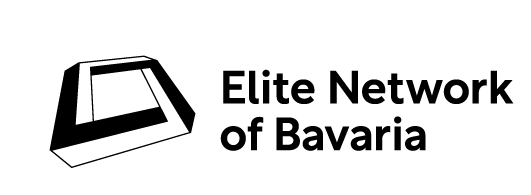
3rd Field and Art Workshop: Rethinking the city

Our third and last field workshop explored the city from a rural viewpoint. What makes Munich a city? When, and how, did villages in the region become what is now known as “Munich”? Are there still traces of these villages in the city? And what about present day activities that bring elements associated with rural life “back” to the city?

We started with a guided tour of the Werksviertel Mitte, a formerly industrial area that was turned into a sustainable business and educational site that includes grazing sheep on a rooftop.
We then walked over to the Münchner Stadtbad to meet cultural historian Dr. Gerhard Ongyerth. He told us the amazing story of street lighting in 19th century Munich, and how that changed life and work in the city.

The next day was dedicated to the ‘Westend.’ The historian and IDK principal advisor Prof. Dr. Marita Krauss provided fascinating insights into the history of this neighborhood and its class division between the “Neighborhood of Broken Glass” and the “Royal Hall of Fame.”

The last part of the trip led us into late nineteenth-century backyards of the “Glasscherbenviertel”. PhD student Lukas Emmrich introduced us to the notion of ‘Urban-Commons” and instructed us to explore more recent changes in urban living on a small scale.

The tour ended with a conversation about street art in the Westend, with PI Kirsten Twelbeck.
